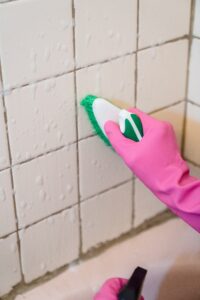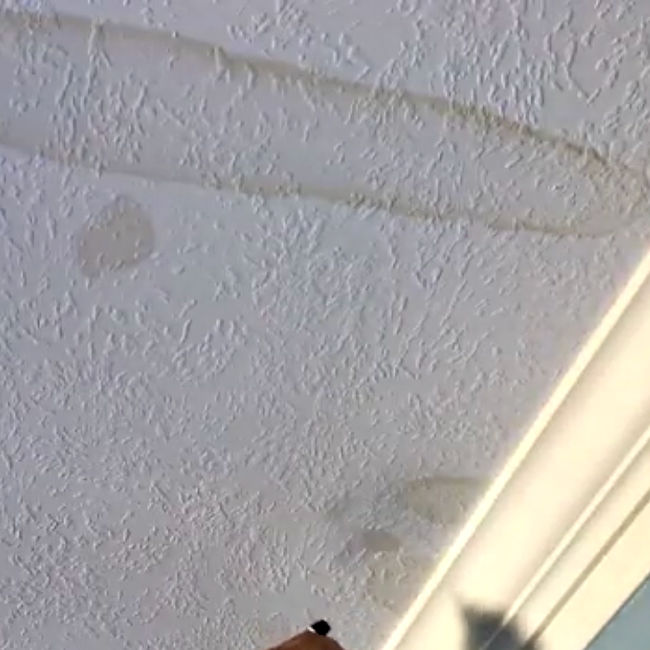A Deep Dive Into Water Stains On Walls - Identification And Repair Techniques
A Deep Dive Into Water Stains On Walls - Identification And Repair Techniques
Blog Article
Do you find yourself searching for information concerning How to Remove Water Stains from Walls and Ceilings?

Water discolorations on walls are not enjoyable to the eyes. Often it appears almost unavoidable to experience water spots on wall surfaces in residences.
Home owners living in moist regions constantly deal with the concern of water spots on walls. With well-shaped as well as accurate info on the causes of water stains and punctual repair service processes, you will always be an action in advance of such incidents.
3 Common Causes of Water Discolorations on Wall Surfaces
As opposed to popular belief, water discolorations on walls do not always originate from bad building products. There are a number of causes of water spots on walls. These consist of:
Wet
When hot moist air meets with completely dry cool air, it triggers water droplets to form on the wall surfaces of structures. This happens in bathrooms and also kitchen areas when there is heavy steam from food preparation or showers. The water beads can tarnish the surrounding walls in these parts of your home and also spread to other locations.
Moist or condensation affects the roof covering as well as walls of structures. This triggers them to appear darker than various other areas of the residence. When the wall surface is wet, it creates an ideal atmosphere for the growth of fungis and germs. These may have damaging impacts on health, such as allergic reactions and respiratory system conditions.
Poor Water drainage
This will certainly prevent water from seeping into the walls. This web links to extreme moisture that you see on the wall surfaces of your building.
So, the leading cause of wet walls, in this situation, can be a bad drain system. It can additionally result from inadequate management of sewage pipes that run through the building.
Pipeline Leaks
Most homes have a network of water pipes within the wall surfaces. This makes sure that the pipelines are faraway from the reach of harmful rats. It constantly boosts the feasibility of such pipelines, as there is little oxygen within the walls. This dissuades rust.
A downside to this is that water leakage impacts the wall surfaces of the structure and also creates prevalent damages. A telltale sign of defective pipes is the appearance of a water stain on the wall surface.
Pro Tip
A houseplant in your home also raises its moisture. If the house is already damp, you may want to introduce houseplants with marginal transpiration. An example of appropriate houseplants is succulents.
Water Stains on Wall: Fixing Tips
Home owners would typically want a quick fix when dealing with water stains. They would certainly soon realize this is counterproductive as the water discolorations persist. Below are a few handy ideas that will guide you in the fixing of water spots on walls:
Conclusion
Although nobody wants to have water spots on walls in their home, it can occur to the best of us. This post offers you take advantage of, as you currently know just how to handle this incident if it does take place.
It is always best to hire specialist services to assist fix the damages in your house.
Sometimes it seems virtually unavoidable to experience water spots on wall surfaces in homes.
In contrast to preferred belief, water spots on wall surfaces do not always stem from bad structure materials. There are several causes of water discolorations on walls. The water droplets can discolor the bordering walls in these parts of your house and also spread to other areas.
Right here are a couple of useful ideas that will certainly guide you in the repair work of water discolorations on wall surfaces:
CHECKING FOR WATER DAMAGE
Water damage can be costly, and it may begin before you even notice the first signs of trouble. Water damage can cause mold and mildew in your walls and floors, which can create an abundance of health concerns for your family. It can also lead to costly repairs of various appliances and general home fixtures. To avoid the pricey consequences of water damage, here are Warner Service’s top 5 places you should check:
The walls – The easiest place to spot the beginnings of water damage is on the walls and ceilings of your home. If water damage is present, there will most likely be water stains, especially around the windows and doorframes, and/or cracks in the drywall. If a stain looks unusual (discolored to brown, black or gray, raised texture), has a swollen appearance or is soft to the touch, contact a professional immediately. The pipes – To avoid water damage, consistently check the pipes in your kitchen (especially the dishwasher and ice maker), bathrooms, laundry room (specifically washing machines) and basement for corrosion, leaks and water stains. Pay special attention to where the pipes connect in your home and the location of caulking around the bathroom fixtures, including toilets, sinks, showers and tubs. Missing or loose caulking and grout could be signs of leaking water. This seepage can also quickly cause mold and rust, so double check your water heater and tank for wet spots on the floor. The floor – Water damage is very easy to spot on the floor. Look for any warping or buckling of the material, especially in the basement. If your home has wood flooring, look for bright white or dark stains. If your home has carpeting, keep it dry and clean. A damp carpet that smells of mold could cause water damage and health problems. To avoid this, consider installing floor pans under your appliances to help prevent damages from small, slow and undetected leaks. The basement and attic – If your basement or attic smells odd check for mold and mildew around the area, especially the valley where the roof meets. While you are inspecting those areas, check for wall cracks, floor stains, rust and dampness in the insulation. If you live in a colder and/or rainier climate, perform routine checks for water damage from melting snow or ice and rain. The exterior – Check the roof for damaged flashing and missing, cracked or curled shingles. There should also be no standing water anywhere outside your home. This could be caused by puddles, leaky rain gutters or hoses, poor drainage, or short gutter spouts. Invest in a sump pump system or water flow monitoring system, and perform routine maintenance on these outdoor appliances to avoid indoor water damage.

Hopefully you liked our excerpt about How to Remove Water Stains from Walls and Ceilings. Thanks for taking time to read our blog post. Sharing is caring. You won't know, you may just be helping someone out. I love reading our article about Water Stains on Walls.
Visit
Report this page